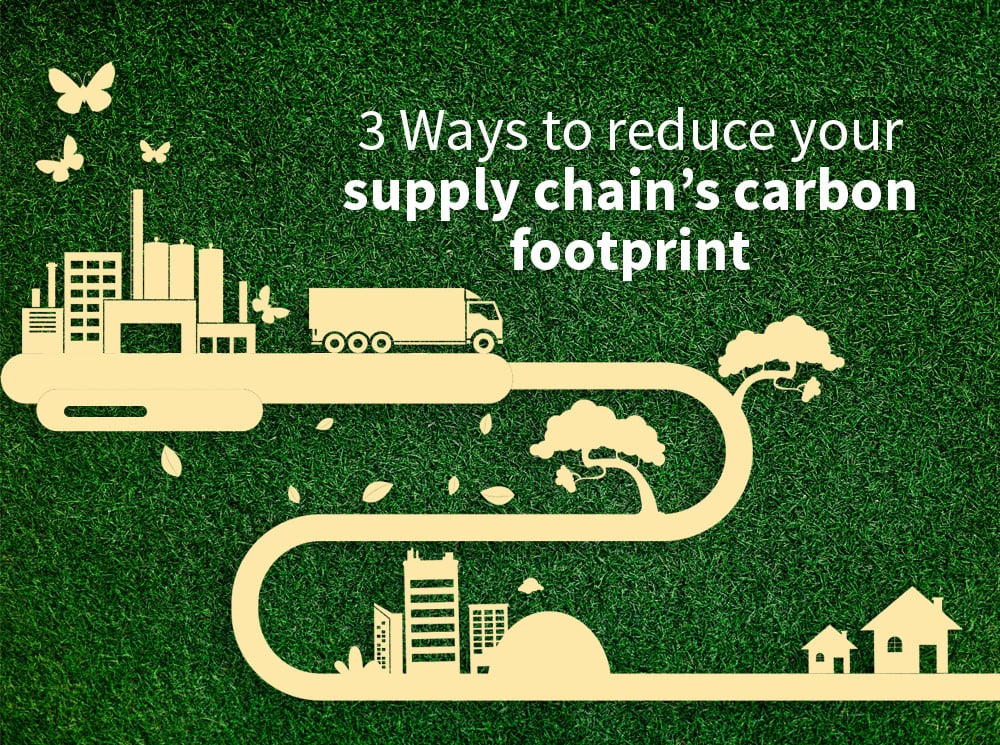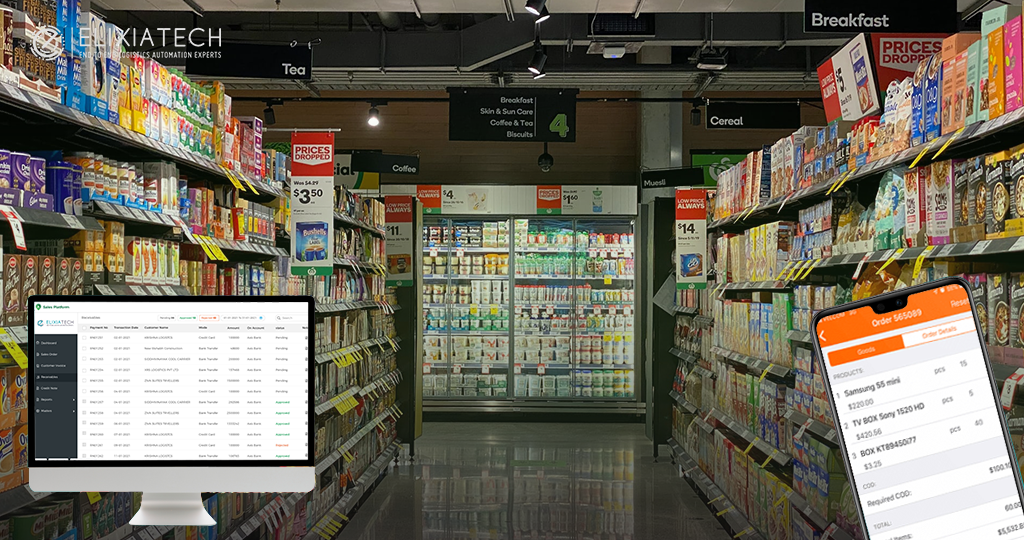
Crafting a Carbon-Conscious Roadmap for Supply Chain Efficiency
Did you know?
The transportation sector accounts for 28% of global greenhouse gas emissions.
In an era where ecological issues hold a central position in worldwide conversations, it has become essential for businesses to embrace eco-friendly methods. Among the various aspects of a company’s operations, the supply chain plays a crucial role in determining its carbon footprint. It is responsible for as much as 80% of its ecological influence. As consumers and stakeholders increasingly demand more sustainable products and practices, crafting a carbon-conscious roadmap for supply chain efficiency has never been more important. By implementing sustainable strategies, businesses can contribute to a greener future while also potentially saving costs.
Understanding the Carbon Footprint of Supply Chains
Before delving into crafting a carbon-conscious roadmap, it’s essential to grasp the concept of a carbon footprint within the context of supply chains. A carbon footprint refers to the total amount of greenhouse gas emissions produced during the creation, transportation, and distribution of goods or services. Supply chains encompass various stages, from sourcing raw materials to manufacturing, transportation, and delivery to consumers.
 The Need for a Carbon-Conscious Roadmap
The Need for a Carbon-Conscious Roadmap
Reducing the carbon footprint of supply chains is not just about environmental stewardship; it also makes business sense. Companies that prioritize sustainability often experience improved brand reputation, reduced operational costs, and enhanced long-term resilience. A carbon-conscious roadmap for supply chain efficiency aligns environmental goals with economic benefits.
Crafting the Roadmap: Key Steps
Formulating the roadmap involves identifying pivotal stages and charting the course. Each step is a building block towards the ultimate goal.
Optimize Transportation Routes and Modes.
One of the most effective ways to reduce your carbon footprint in logistics is to optimize your transportation routes and modes. By carefully planning and organizing your routes, you can minimize the distance traveled and the fuel consumed. Consider using route optimization software that takes into account factors such as traffic, delivery schedules, and fuel efficiency. By making these optimizations, you can significantly reduce your carbon emissions and contribute to a greener logistics industry.
Implement Efficient Packaging and Load Optimization
Efficient packaging and load optimization is another key strategy to reduce your carbon footprint in logistics. By using packaging materials that are lightweight and recyclable, you can minimize the amount of waste generated and the resources consumed. Additionally, optimizing how you load your shipments can help maximize space utilization and reduce the number of trips required. These methods can fuel savings and emissions reductions. Consider investing in packaging design software and load optimization tools to help streamline this process. By implementing efficient packaging and load optimization practices, you can make your logistics operations more sustainable and environmentally friendly.
Using an electronic proof of delivery instead of physical challans
One strategy to reduce your carbon footprint in logistics is to use electronic proof of delivery instead of physical challans. Traditional paper-based proof of delivery systems require the printing and transporting of physical documents, which can contribute to waste and emissions. By implementing electronic proof of delivery systems, you can eliminate the need for paper documents and reduce your environmental impact. Electronic proof of delivery systems allows for the digital recording and sharing of delivery information. This makes the process more efficient and environmentally friendly. Consider investing in software or apps that allow for electronic proof of delivery to streamline your logistics operations and reduce your carbon footprint.
Fleet maintenance
Proper fleet maintenance is essential for reducing your carbon footprint in logistics. Regularly servicing and maintaining your vehicles can help improve fuel efficiency and reduce emissions. This includes tasks such as checking tire pressure, performing regular oil changes, and ensuring that engines are running smoothly. Additionally, implementing eco-friendly practices such as using low-rolling resistance tires and investing in fleet management software can further reduce untimely breakdowns and reduce your carbon footprint. By prioritizing fleet maintenance, you can not only extend the lifespan of your vehicles but also contribute to a greener and sustainable logistics operation.
Continuous Improvement
A carbon-conscious roadmap is not static. One needs to regularly review and also update your goals and strategies based on changing market dynamics, technological advancements, and evolving consumer expectations.
Benefits and Beyond
Implementing a carbon-conscious roadmap for supply chain efficiency brings forth a range of benefits. Not only does it reduce environmental impact, but also enhances the company’s reputation, attracts environmentally conscious consumers, and fosters innovation. Moreover, as governments and regulatory bodies worldwide tighten their grip on carbon emissions, companies with sustainable supply chains are better positioned to navigate potential compliance challenges.
Elixia’s intelligent & sustainable delivery software solutions
Elixia provides a range of smart software to sustainably track, monitor, and manage the delivery processes of all logistics segments. Our solutions constantly monitor the areas of high carbon footprint like fuel consumption, distance traveled per trip, vehicle utilization, route optimization, cold chain compliance, etc. It also suggests the most cost-effective, process-efficient, and sustainable solutions to complete the logistics and transportation movement. It sends real-time alerts to the stakeholders in case of deviation, so that they can take immediate corrective actions. The system generates detailed reports and dashboards to constantly evaluate the supply chain sustainability index. This way, our solution helps organizations achieve supply chain sustainability by providing visibility, data analysis, collaboration, monitoring, and automation.
Conclusion
As the world grapples with the realities of climate change, businesses must take the lead in mitigating their impact. Crafting a carbon-conscious roadmap for supply chain efficiency is not only a responsibility but also an opportunity to drive positive change. By aligning sustainability with profitability, companies can create a more resilient and eco-friendly future for themselves and the generations to come.




